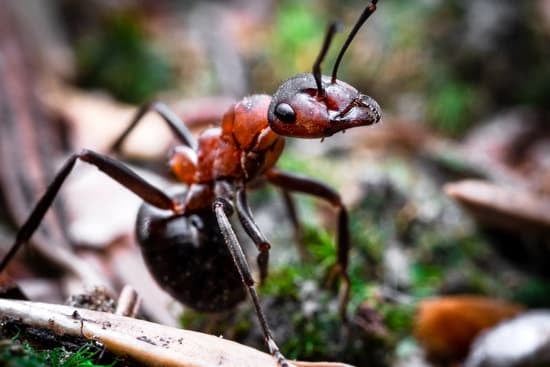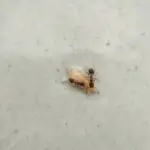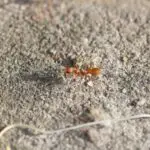How Good is an Ant’s Eyesight?
Whether they see blue, green, red, or yellow depends on the species. Some ants have a color vision that is similar to that of old world primates, but others do not.
In order to see, ants must be able to detect the difference between light and dark. This is done through the use of photoreceptors, which are structures that sense light and convert it into an electrical signal. These photoreceptors also have the ability to detect ultraviolet light, which ants use to locate food. Some ants even have chemical sensors that allow them to sense substances and detect touch.
In order to see, ants have compound eyes. Each compound eye is composed of thousands of tiny lenses that collect light and gather information. These lenses are called ommatidia. Most ants have around 650 ommatidia.
Scientists are beginning to learn more about how ants’ eyes work. Some species have better eyesight than others, and a number of different species are active in dim light conditions.
The ommatidia are the structural units of vision. They are small structures consisting of a lens and a cornea. Each lens gathers a small picture of the environment. The overall image is a mosaic of information from numerous ommatidia.
These structures also act as a compass, helping ants locate their nests. Researchers have also found that some ants have spatial recognition abilities. These abilities help them follow a wall. In fact, some ants can even detect quick movements.








